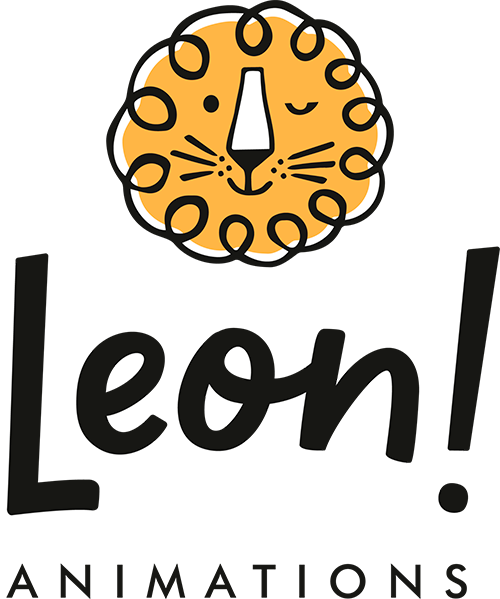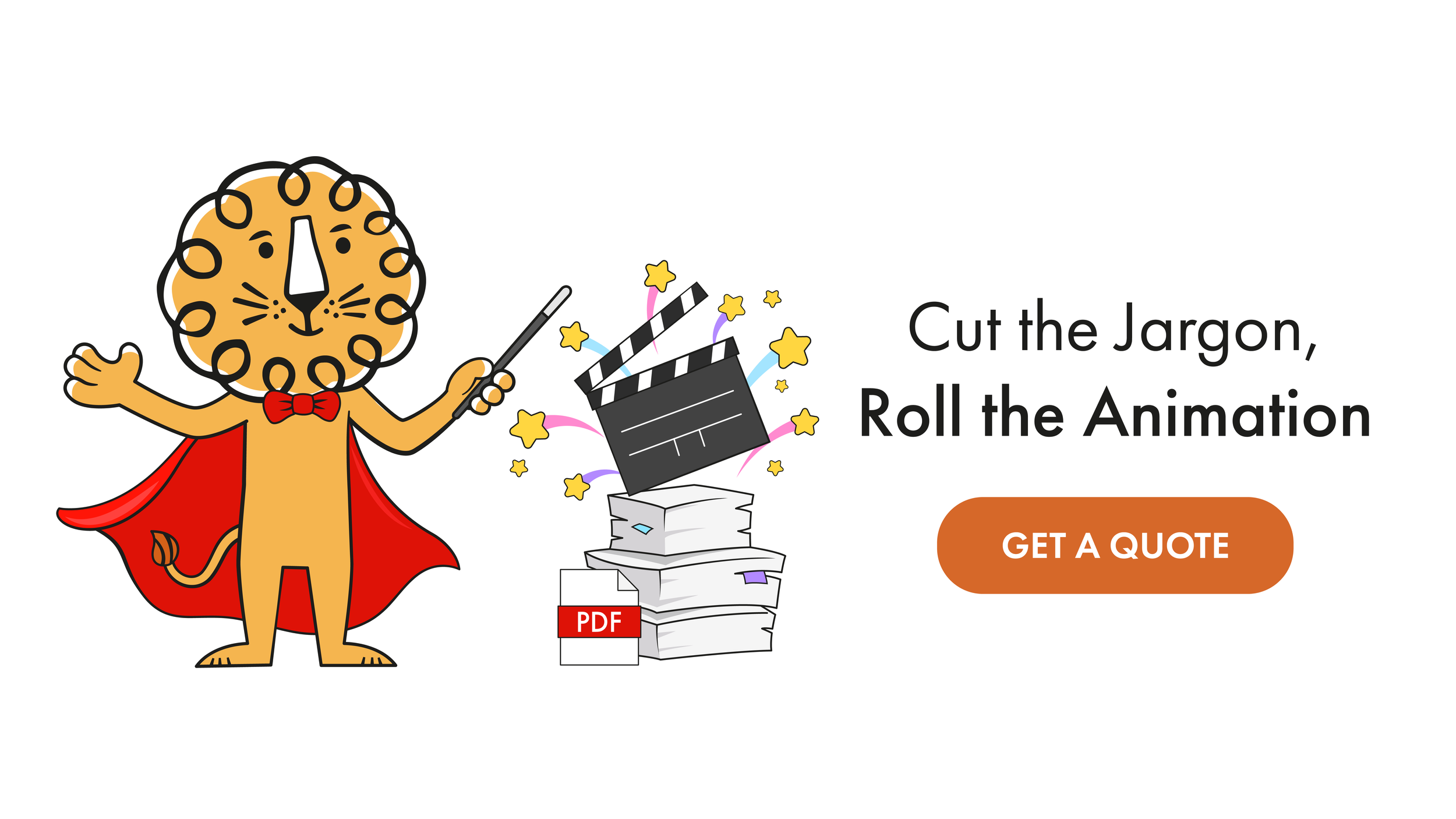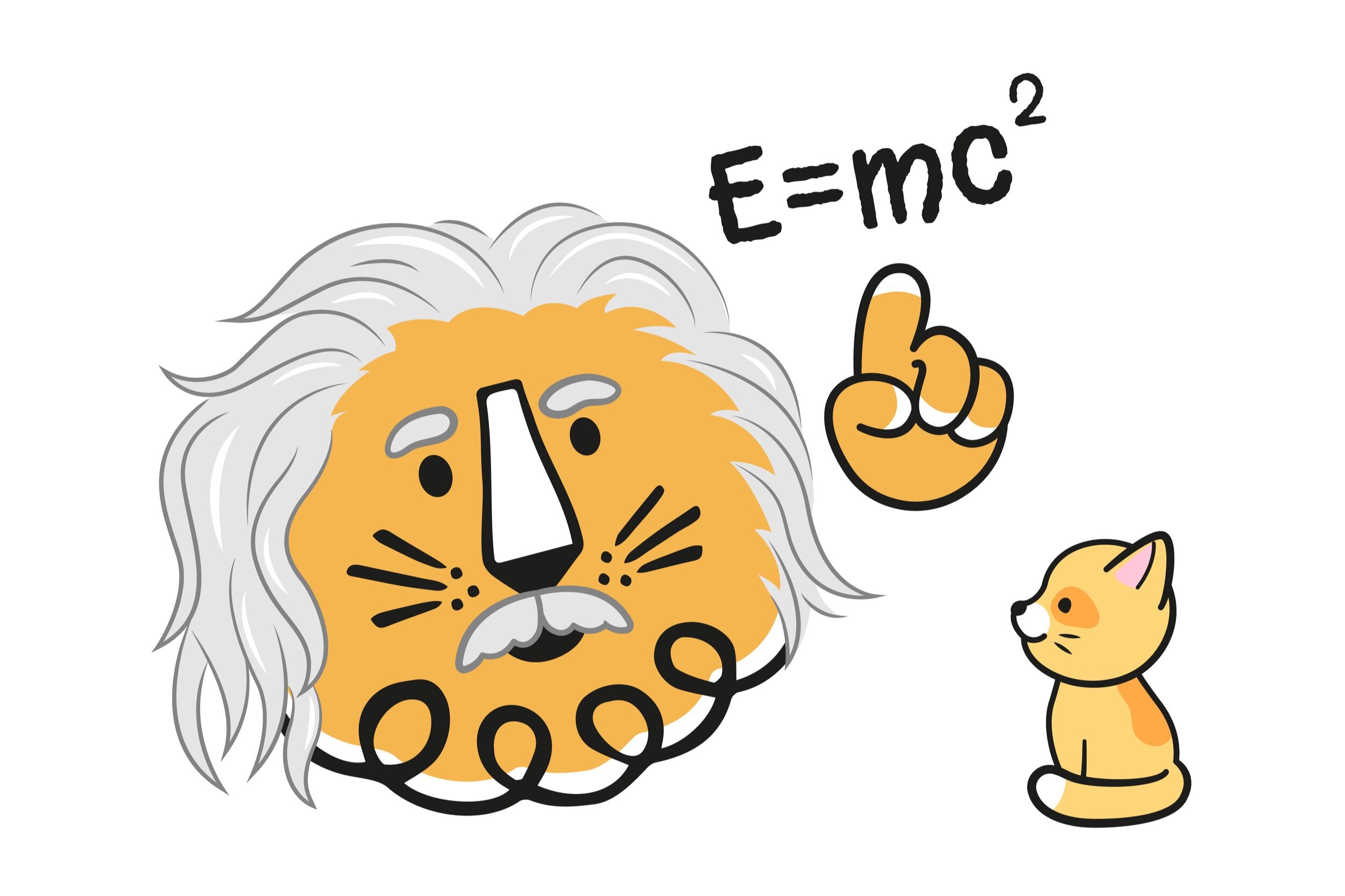Why your Nonprofit DOESN'T Need an Animation!
For nonprofits, video content is a game-changer to showcase their missions and successes, and also a versatile tool that allows them to break down complex topics and provide practical guidance.
But here's the catch - not all nonprofit videos are created equal.
Nonprofit videos come in two main types: live-action and animated. Live-action video, sometimes referred to as real footage or simply traditional filming, involves filming real people and places. Animated videos bring stories to life with drawings or computer graphics and characters.
On one hand, live-action offers a window into the real world, showcasing the authentic faces and places behind a cause. On the other, animation opens the door to a realm of endless creativity, where ideas take flight unbounded by the laws of physics.
We dived into the Top 40 Nonprofit YouTube channels and found that, on average, 93.5% of their videos stick to live-action.
But here's the thing, while live-action is the usual go-to for nonprofits, animation is like a superhero that swoops in to save the day in situations where live-action doesn't cut it.
Just like choosing between a cape or a suit, choosing the best video content for your nonprofit can significantly shape how your message is received.
Let's dive into the nitty-gritty of each to help you decide what's best for your nonprofit video…
Live-Action for Nonprofit Videos: Keeping It Real
When your audience sees real people facing real challenges or celebrating real victories, it creates a bond that's hard to replicate. It's like inviting your audience to take a seat at your table and witness the impact of your nonprofit’s work firsthand.
Some benefits of live-action nonprofit videos include:
Time: Live-action is often quicker to produce.
Cost: Options range from using your smartphone to hiring a production team.
Connection: Viewers can feel a stronger bond with real people compared to animated characters.
Adding footage of everyday individuals can also showcase the relatable and grounded nature of your nonprofit video. Also, featuring celebrities, such as renowned supporters of your charity, can not only bump up your views but also show people how big of a deal your nonprofit is.
“We don’t use animations (video or still images) at our nonprofit because our customers relate to real people. Essentially, they want to see people like them in our communications.”
The Magic of Animation for Nonprofit Videos
We've mentioned the strengths of using live-action video for nonprofits- its authenticity, relatability, detail, and budget-friendliness. But what about when live-action doesn't quite cut it?
Maybe too many live-action details onscreen in an explainer video are just too much, maybe you can't film what you're talking about because it doesn’t even exist yet, maybe you need to keep people's identities under wraps, or maybe you're lacking an in-house video team and your comms are feeling a bit blah.
In these scenarios, animation can swoop in like a superhero, bringing a versatile and creative solution to the rescue. Whether it's the basics of climate change or the mechanics of a new medical app, like our Video Appointments explainer, animations turn "Huh?" into "Aha!".
Ready to unlock the secret powers of animation? Let's explore CAPE: Clips, Anonymity, Plans, and Explainers.
1. Clips
Consider starting your nonprofit videos with an animated logo that gracefully appears onscreen, providing a consistent and branded introduction before diving into your content. Nonprofits can invest in a 10-second animated clip to attach to all their videos, a small investment that can be reused, making it worthwhile.
A good example is one of our animated clips being reused by iDiaspora as an intro to their iDiaspora Stories series.
2. Anonymity
Some stories need to be told with a gentle touch, where the privacy of the individuals involved is paramount. Animation provides a cloak of Anonymity, allowing you to share these stories without revealing the faces behind them.
This is especially useful when covering sensitive topics like child victims. One good example is the UN Network on Migration's animated video created by Mohamed Hadj and the Network’s in-house team, about alternatives to the detention of child migrants that feature anonymous, faceless child characters.
3. Plans
Have you ever tried to describe a future project or vision, only to see eyes glaze over in confusion?
Traditional methods of presenting plans, like using static pictures or texts, don't always do the trick in grabbing people's attention or getting them excited. Here's where animation steps in like a superhero. Animation can transform your abstract Plans into vivid, visual narratives, making it easier for your audience to grasp.
For example, 3D architectural animations bring your plans to life with precise technical detail, making it easy for viewers to visualize exactly what's coming.
But animation can do more than just show off cool designs; it reaches out and grabs your feelings. When your audience sees an animated story about a new park or community centre, they don't just see the structures; they feel the laughter, the friendships, and the community spirit.
2D animations, which sometimes incorporate 3D elements, take it a step further by capturing the essence, the feel, and the symbolism of what's to be, making it easier and more exciting for your audience to understand and get behind your ideas.
Whether you're a hospital, charity, think tank, or NGO, animated videos give your audiences a pair of magical glasses through which they can see your vision in full, glorious color.
Animation shines when it comes to bringing future goals and abstract concepts to life. It's ideal for visualizing potential strategies, such as the UN Migration's future strategy video we made for their 70th anniversary that uses a mix of animation and archive footage.
Animation is also perfect for illustrating construction projects like the Goldie Leigh Renewal and King's Health Partners Eco-Redevelopment videos we made.
4. Explainers
Last but certainly not least, Explainers. In the world of nonprofits, there's often a need to unpack complex issues or processes. Animated explainers can break down complicated subjects into bite-sized, easy-to-understand pieces, making learning a fun and engaging experience. They're like the friendly teacher who can make even the most daunting topics feel like a walk in the park.
Animation excels at explaining complex ideas or processes efficiently, giving the production team time to make the message clear and easy to understand for everyone.
With animation, you can also harness the power of simple abstract symbols like targets 🎯, light bulbs 💡, puzzle pieces 🧩, and hearts ❤️ to express points clearly and creatively.
Animation also lets you tweak and play around. It offers more editing control compared to live-action, enabling nonprofits to make adjustments and refinements to convey their message exactly as intended.
Check this Land Value Tax video as a very good sample. The Migrants’ Debts for IOM in Central & West Africa nonprofit video created by us and the explainer videos from TED-Ed also show just how game-changing animation can be for learning and getting the word out.
Weighing the Costs of Nonprofit Videos
When it comes to choosing between live-action and animation, one of the biggest questions is, "How much is this going to cost?" The answer, frustratingly, is not so straightforward. Both live-action and animation have their financial quirks.
Weighing the Costs of Live-action Nonprofit Videos
Creating live-action videos can be super affordable if you're just using your smartphone to do the filming. It's an approach used for many nonprofits because it's easy and doesn't cost a penny—just grab your phone, press record, and you're all set to bring your ideas to life, hassle-free.
A study by marketing guru Neil Patel found that videos without any fancy effects had more likes and views on average than more complex productions - suggesting that authenticity often outweighs the production quality.
But, when you're looking to step up your videos and go for that professional look, things get a bit more complicated. Getting your hands on some top-notch gear, finding the perfect spots to shoot, and maybe even hiring actors can lead to the costs quickly adding up.
Actors: Depending on experience, a day rate can vary significantly.
Locations: Costs arise from rental fees or permits.
Equipment: camera, lighting, and other professional filming accessories add to the budget.
Overall, a 1-minute live-action explainer video could cost as little as $2,000, while a more professional and polished 2-minute production video could easily exceed $15,000. It’s also important to note that the filming location can make a difference in your budget.
Weighing the Costs of Animated Nonprofit Videos
On the flip side, animation can be a cost-effective solution for long-term use, but creating those captivating visuals from scratch can require a hefty initial investment.
Before diving into video production, it's crucial to estimate the costs associated with your project. To do this, you'll need to consider elements such as:
Animation Style and Complexity. The choice between 2D, 3D, and stop-motion animation affects the cost, with more complex styles leading to higher expenses.
Voice-over and Music Licensing. Professional voice-overs and the cost of music licensing, whether from royalty-free sources or custom compositions, can also impact the budget.
Scriptwriting and Storyboarding. The development of the script and storyboard, whether done in-house or by hiring professionals, plays a crucial role in both the video's quality and its production costs.
Editing and Post-Production. This final phase, including audio and video editing, color correction, and special effects, can vary in cost depending on the complexity of the required edits and effects.
If you lack an in-house team for key production tasks, you'll need to hire external professionals or agencies.
Hiring a studio gives you a team of experts who handle everything from start to finish, making sure your video looks great. It's like a one-stop shop for your animation needs.
Going with freelancers offers more and it's a good choice if you're trying to save money. Just remember, you might have to put in more effort to manage everything and keep the quality consistent since you're working with different people.
So how much do animated videos cost?
A simple animated 30-second video might start around $2,000, while a more complex, longer, and high-quality production could cost upwards of $30,000 or more.
Here at Leon, we offer $4,000 – $,6000 for a 1-minute video (half that price if clients opt for just 30 seconds). While we're not the cheapest option out there (newbie freelancers can be cheaper), we offer competitive pricing compared to larger studios without compromising on quality.
Making the Right Choice for your Nonprofit Video
If your nonprofit organisation is deciding between live-action and animation, it should consider several key factors. Let’s compare the two side by side:
Choosing between these two storytelling techniques is not about declaring a winner but about finding the best fit for your nonprofit's mission, audience, and budget.
It's about understanding the unique benefits each style brings to the table and how they can help tell your story in a way that touches your audience and fits your budget.
If your goal is to forge a deep, personal connection with your supporters, live-action might be your hero of choice. But if you aim to simplify the complex or venture into the realms of imagination, animation could be your trusty sidekick.
In addition to the distinct strengths of live-action and animation, nonprofits can also consider blending the two in the same video. This hybrid approach allows for the authenticity of live-action to be combined with the creative flexibility of animation, offering a unique and engaging way to tell your story.
Check out the video we made for the IPPR think tank about the UK housing crisis that mixes animation and interviews with real people and the video we created for IOM’s 70th-anniversary celebration that combines character animation with archive video and photos.
Final Thoughts
Ultimately, the power of storytelling in nonprofit communication lies not in the medium but in the message. Whether through live-action or animation, it's vital to align your medium with your message and convey your story with heart, clarity, and purpose. So, as you ponder the choice between live-action and animation, remember that the true superhero is your nonprofit's message.
Whether you're leaning towards animation or live-action, keep also a close eye on your budget. Balancing cost with the desired impact is key. So make sure you're investing in a way that gets your message across within your budgetary limits.
And if you're feeling stuck on how to get your message out there, why not give us a shout at Leon Animation Studio? We're all about bringing stories to life in the most vibrant, catchy way possible. Let's chat about how animation can give your nonprofit's message that extra pop and get people talking. Drop us a line, and let's make something awesome together!

















